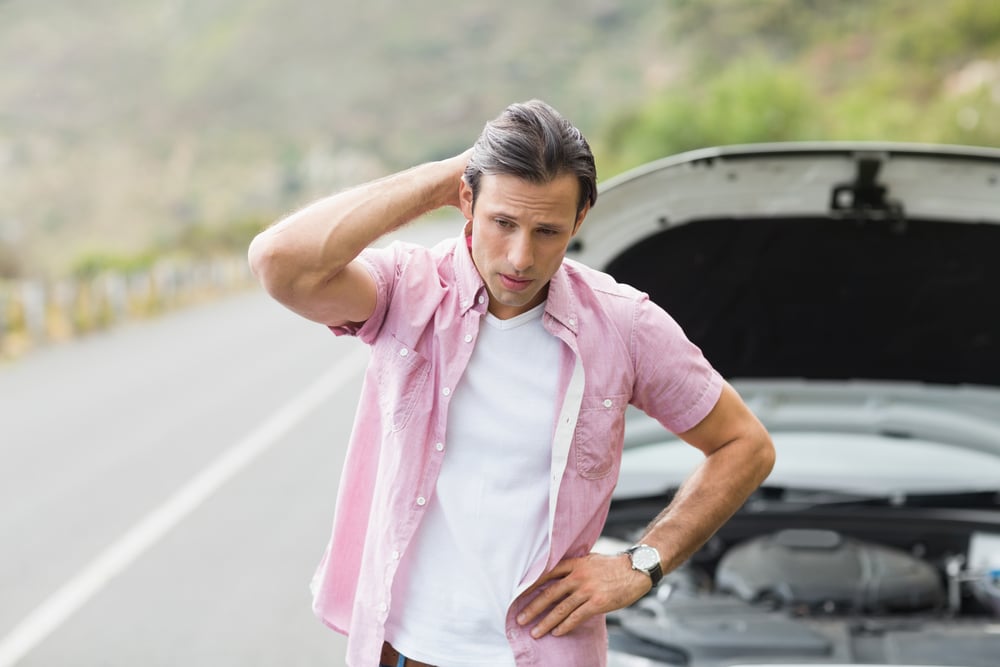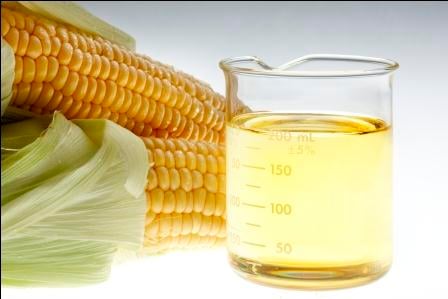How to Fix Bad Gas in a Car
When you’re asking the question ‘how do I fix bad gas in my car’, you’re talking about a different kind of situation than fixing bad stored fuel...

If you’re planning to do any driving this summer, you’ll be one of 35 million hitting the roads. But the fun is in the experience, my friends. Summer road trips and vacations have a unique place in the American experience.
 So we wanted to put together a little primer with some tips and suggestions on how to make your summer road trip or driving vacation the best it can be. Just like we always do, we’ll give some tips on how to get the best mileage and how to make sure your vehicle is in prime working order.
So we wanted to put together a little primer with some tips and suggestions on how to make your summer road trip or driving vacation the best it can be. Just like we always do, we’ll give some tips on how to get the best mileage and how to make sure your vehicle is in prime working order.
Having the right tire pressure is the best way to ensure your tires work properly. There are two numbers to pay attention to. Your tires will list on the side wall what their maximum tire pressure is. That’s not the one you want to go by. Instead, go with the recommended tire pressure provided by your vehicle’s maker. It’s located either on the side of the driver-side door, on the glovebox door, or in your owner’s manual. The reason you want to go by this figure and not the maximum figure is because tire pressure increases as temperature goes up. And since this is a summer road trip, the tire pressure could be 5-10 psi higher on the highway than when you started out. Excessive tire pressure increases the chance of a tire blowout on the road.
Having the correct tire pressure will keep you safest, give you the best handling, and best mileage. Overinflating the tires, as we just said, might give you better gas mileage but is dangerous. Underinflating the tires gives you worse gas mileage and wears your tires out quicker on the edges.
Your cooling system works hard in the heat of the summer to keep the car functioning. No, we’re not talking about AC, we’re talking about the system that keeps your engine from melting. The cooling system has a number of parts, and since few of us are very skilled at diagnosing coolant problems, the best thing to do is have your system checked out by a good mechanic before you leave. You do not want to be driving across the Arizona desert with a bad cooling system.
This seems like a given necessity for a summer road trip, especially if you’re going to some place like Florida, the tourist haven that is Bell Performance’s home state. If your AC is blowing cold, you’re good to go. But if it’s giving any hints that it might want to cause trouble up ahead, it’s definitely a good idea to get it checked out. Because, like many things in the vehicle, the AC system doesn’t just work by itself. The AC belt also helps to power things like the water pump and alternator. So if the AC belt breaks, or the compressor (the really expensive part) stops working, the belt could break then. And now you’re really stuck without an alternator or water pump. So have the AC system checked. Better safe than (really) sorry.
It’s always a good idea to be prepared for emergencies. Throwing a few handy things into your trunk can turn a potential bad luck crisis into not-such-a-big-deal. And, like any good financial planner will tell you, auto (and financial) problems are only a matter of if, not when. So make like a Boy Scout and be prepared.

When you’re asking the question ‘how do I fix bad gas in my car’, you’re talking about a different kind of situation than fixing bad stored fuel...

National Car Care Month means it's time to look again at important considerations for keeping your old (and new) car in the best shape possible.

2011 was the year that people really started to realize how bad ethanol was for their vehicles and small engines. Repair shops around the country...